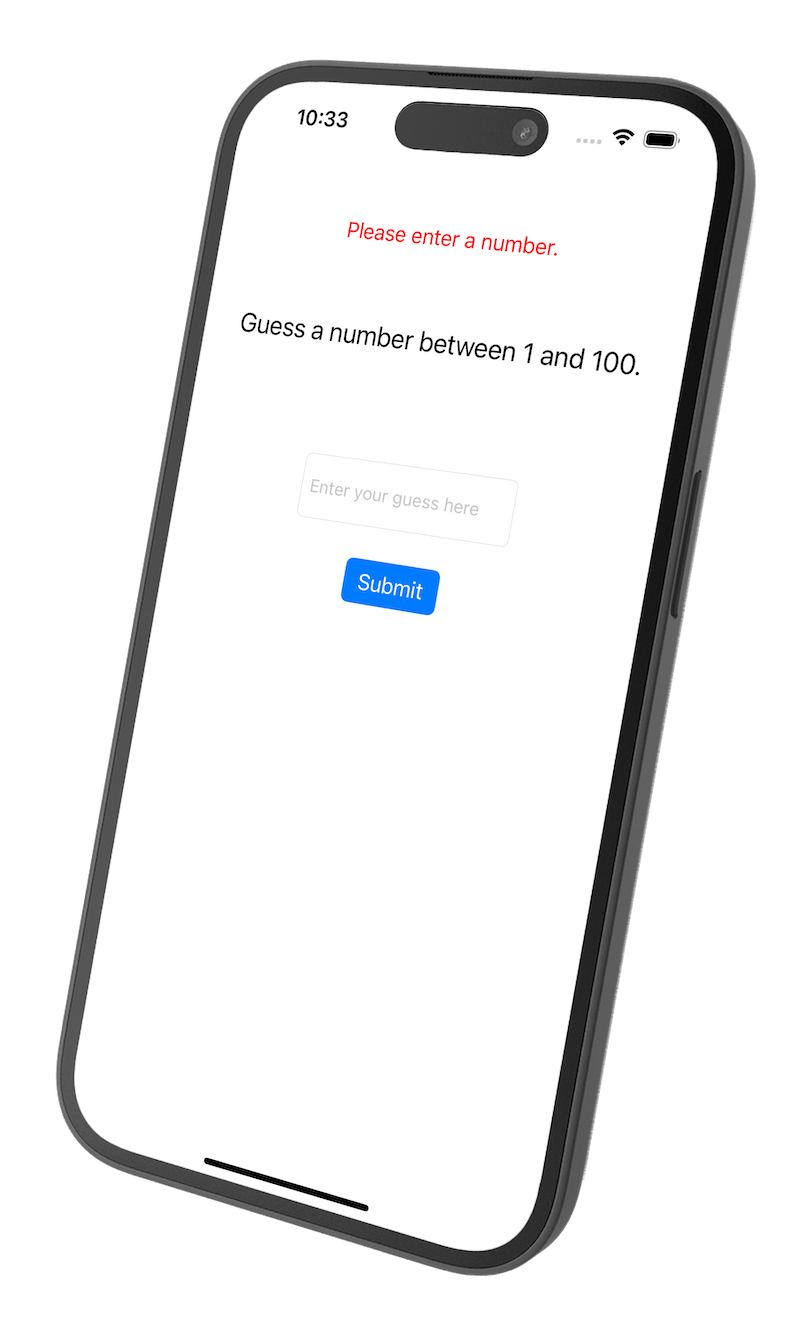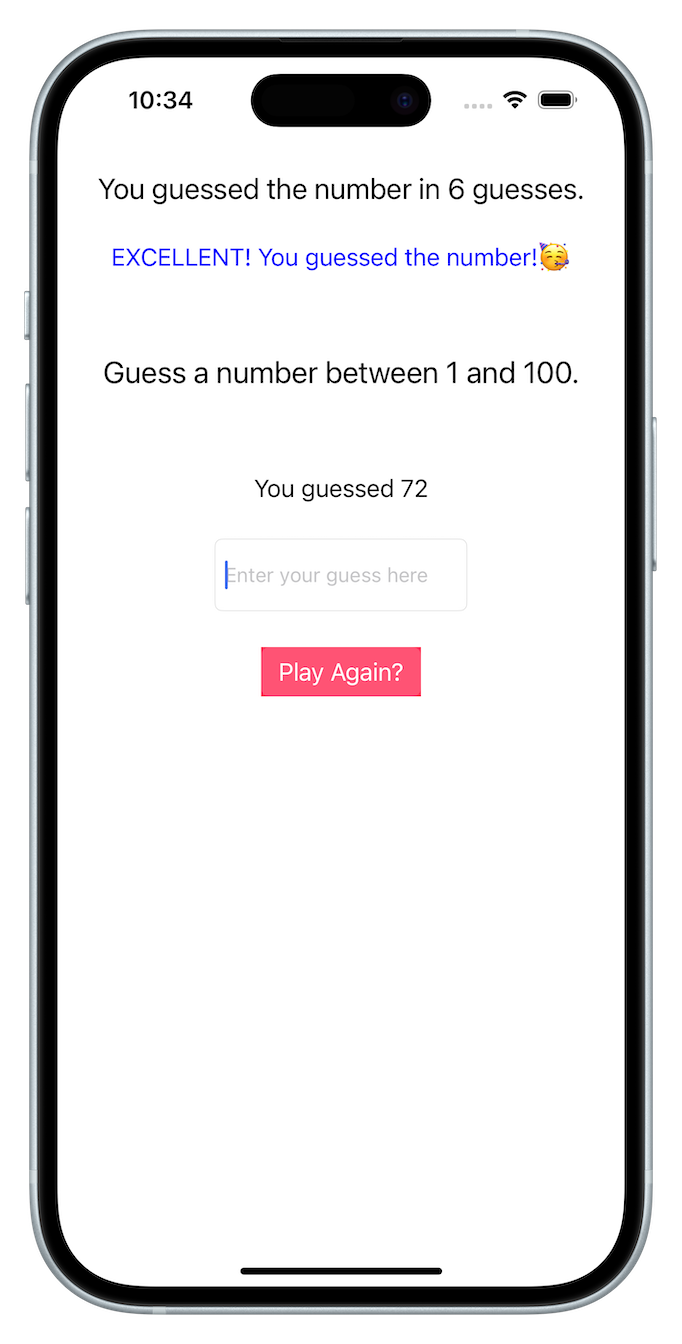Unwrapping the Mystery: Conquering Optionals in Swift with a Python Twist
Aug. 13, 2024 | Categories: teaching
Guess My Number GitHub Repository
Optionals in Swift is one of my favorite language features because it helps me prevent potential errors my users might encounter in my apps. However, my students have traditionally struggled to grasp the concept of safely working with optionals using optional binding on the Swift Certified User Certiport Test, particularly when it comes to the differences between if-let, guard-let, and guard. I believe this difficulty stems from a gap in my teaching. To enhance their understanding of optional binding while programming and consequently improve their test scores, I decided to create an app project that we would later build together. This would provide me with another opportunity to better teach optional binding and give my students a chance to master or deepen their comprehension of how it works.
I wanted to focus primarily on safely unwrapping optionals using optional binding. Therefore, I chose to create an app with a relatively simple algorithm that can be implemented in various frameworks and languages. A basic “guess the number” game seemed like an ideal choice because it’s a straightforward algorithm that can be easily built in almost any language.

In addition to demonstrating the concept across different frameworks and languages, I found it beneficial to introduce the algorithm first using Python. Python lacks a built-in optional type, so handling potential missing values requires explicit checks and conditional logic. By starting with Python, students can appreciate the relative simplicity of the algorithm itself and gain a deeper understanding of how optional binding in Swift streamlines the process of working with potentially absent data. This approach also helps them grasp the underlying logic behind optional handling, even before diving into the specifics of Swift's syntax.

Moreover, teaching optionals in the context of a practical app project highlights the crucial role they play in preventing app crashes. By requiring users to input data and gracefully handling cases where that data might be missing or invalid, we ensure a robust and reliable user experience. Students often struggle with the abstract concept of optionals, but when they see firsthand how optional binding safeguards their app from unexpected errors, the significance becomes much clearer. With a solid grasp of the algorithm and the importance of optionals, we can then shift our focus to the UI implementation and explore the specific scenarios where optionals are necessary within the app's architecture. This approach has proven effective in improving student test scores on the certification exam, demonstrating the value of combining conceptual understanding with practical application. You can find the GitHub repository here.